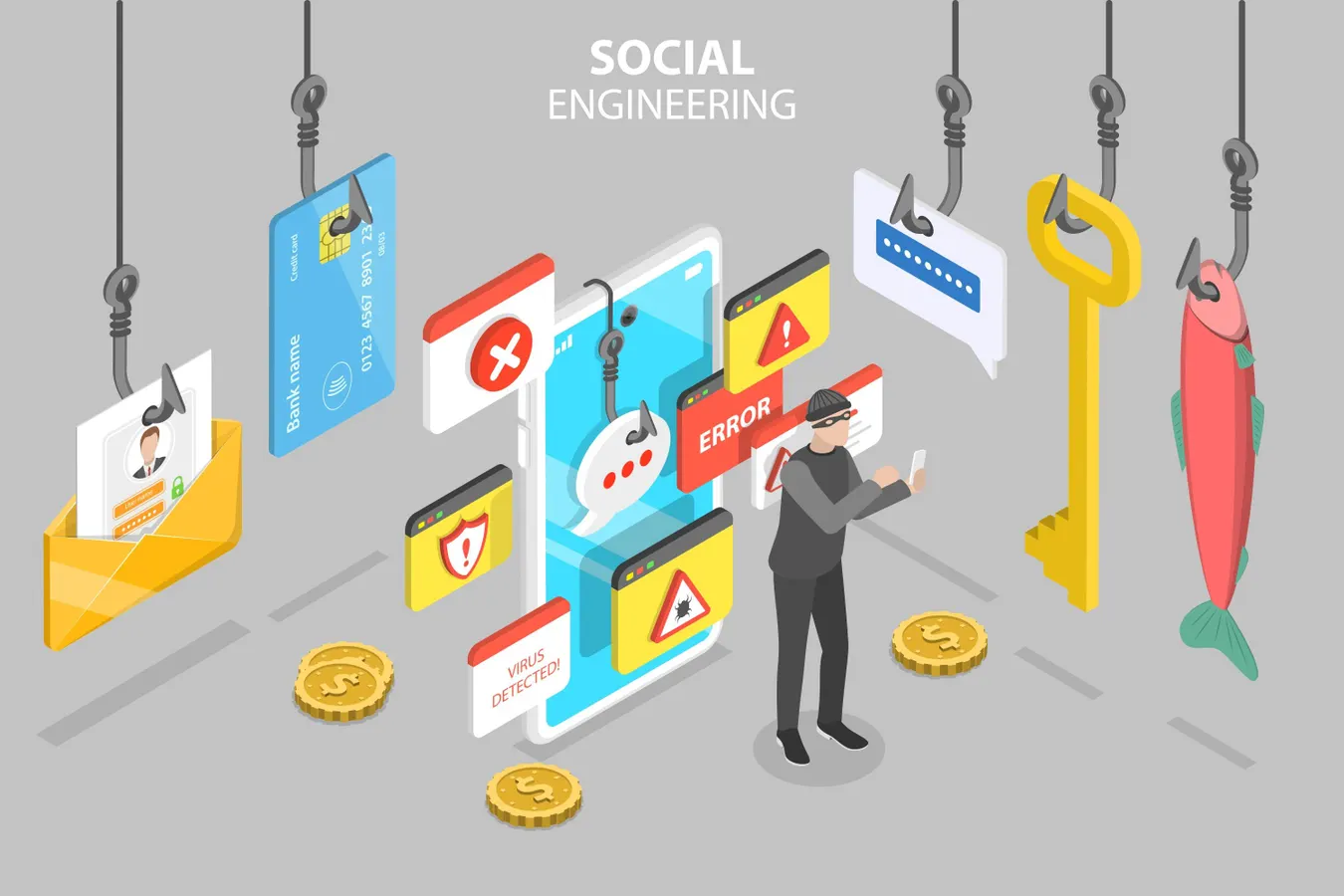We are entering a new era of digital deception where the human senses themselves have become the primary attack vector. Artificial intelligence has supercharged social engineering, creating threats that bypass technological defenses by manipulating the very people operating them.
The familiar poorly-written phishing email is rapidly being replaced by hyper-personalized messages generated by AI that can mimic writing styles, reference recent events, and exploit personal information scraped from social media. These communications feel authentic because they're crafted by algorithms that understand context, relationships, and psychological triggers far better than any human scammer ever could.
The threat becomes even more sophisticated with the emergence of deepfake technology in criminal operations. We've moved beyond entertainment applications to a reality where AI can generate convincing audio and video impersonations in real-time.
Security teams have documented cases where criminals used voice synthesis to impersonate CEOs authorizing fraudulent wire transfers, with the synthetic audio being so accurate that it included the executive's characteristic speech patterns and accents.
Video deepfakes have reached a level of quality where they can simulate executives in virtual meetings, complete with appropriate gestures and facial expressions, making visual verification insufficient for establishing trust.
What makes these AI-powered attacks particularly dangerous is their scalability and accessibility. Criminal groups now offer "social engineering as a service" through dark web platforms, where clients can purchase customized phishing campaigns or deepfake impersonations for specific targets.
The barrier to entry has collapsed—attackers no longer need technical expertise in audio/visual manipulation or persuasive writing. They simply provide a target's information and let AI systems generate convincing fraudulent content. This democratization of advanced social engineering means organizations of all sizes now face threats that were previously only available to nation-state actors.
The defense against these evolving threats requires a multi-layered approach that combines technology, processes, and human awareness. Advanced email security systems now incorporate AI detection to identify synthetic content, while organizations are implementing strict verification protocols for financial transactions and sensitive data access.
Perhaps most importantly, security awareness training has become crucial—not as a one-time event, but as an ongoing process that educates employees about these new forms of manipulation. The human element remains both the primary target and the last line of defense in this new landscape of AI-enhanced social engineering.

